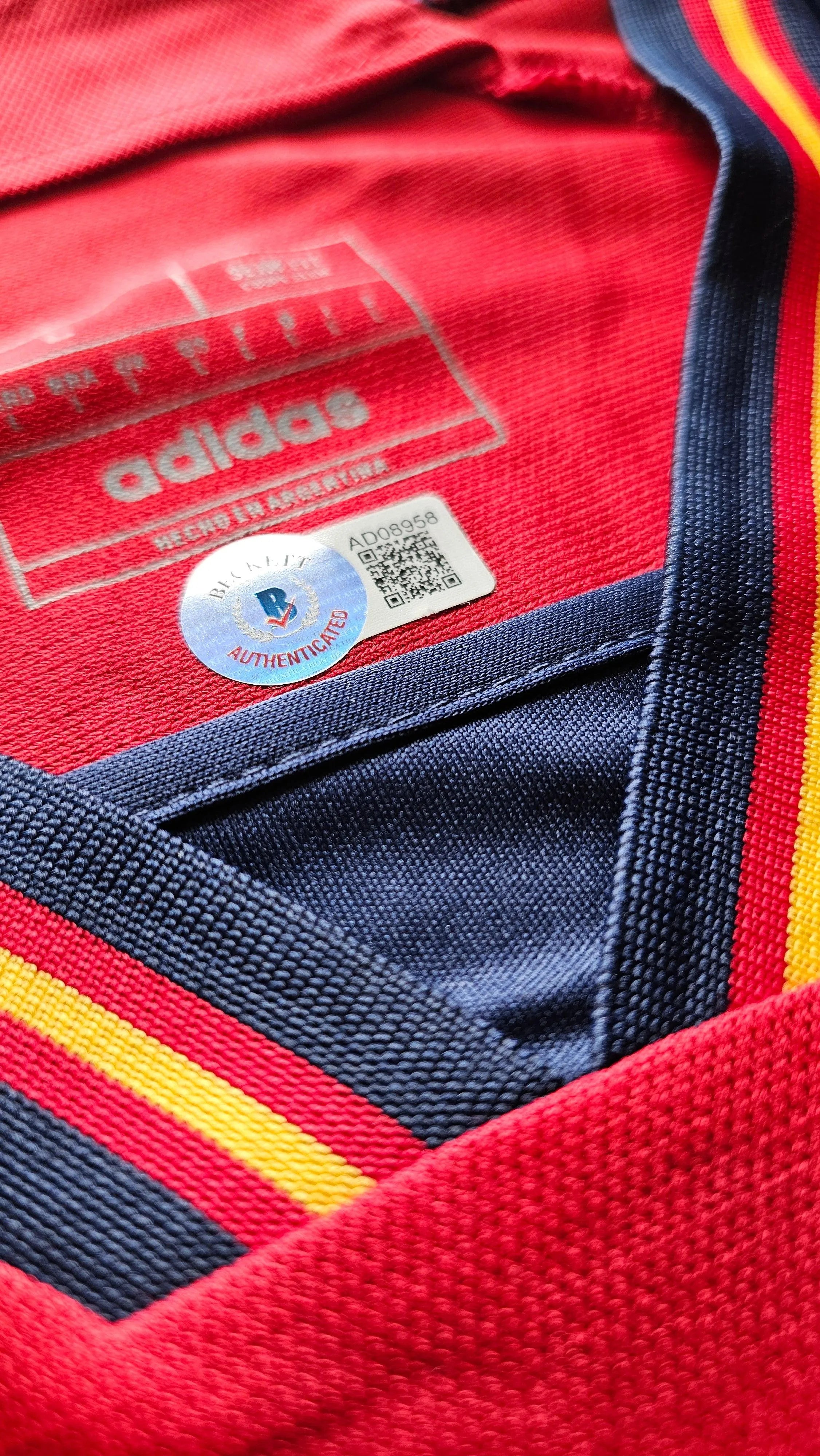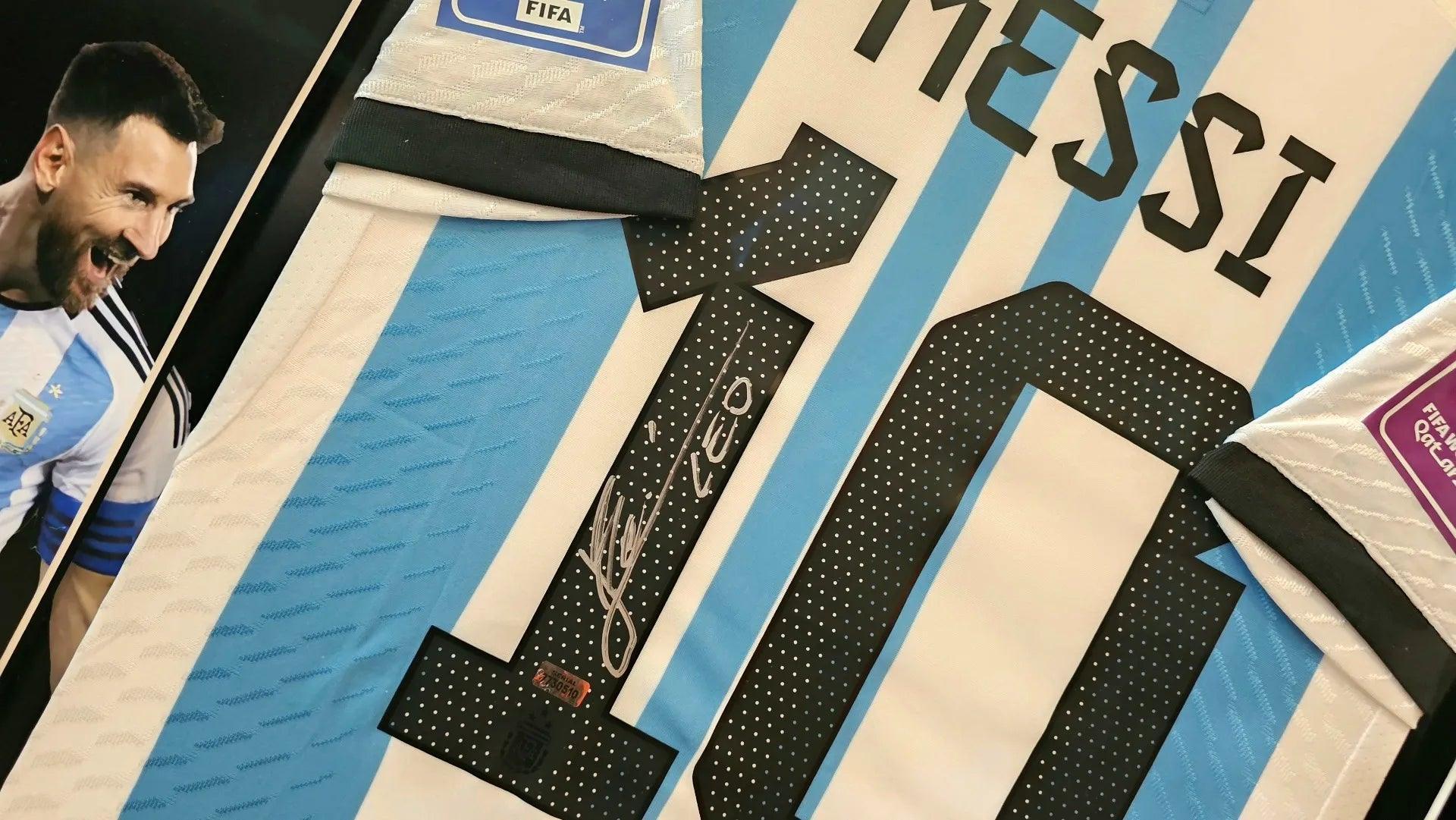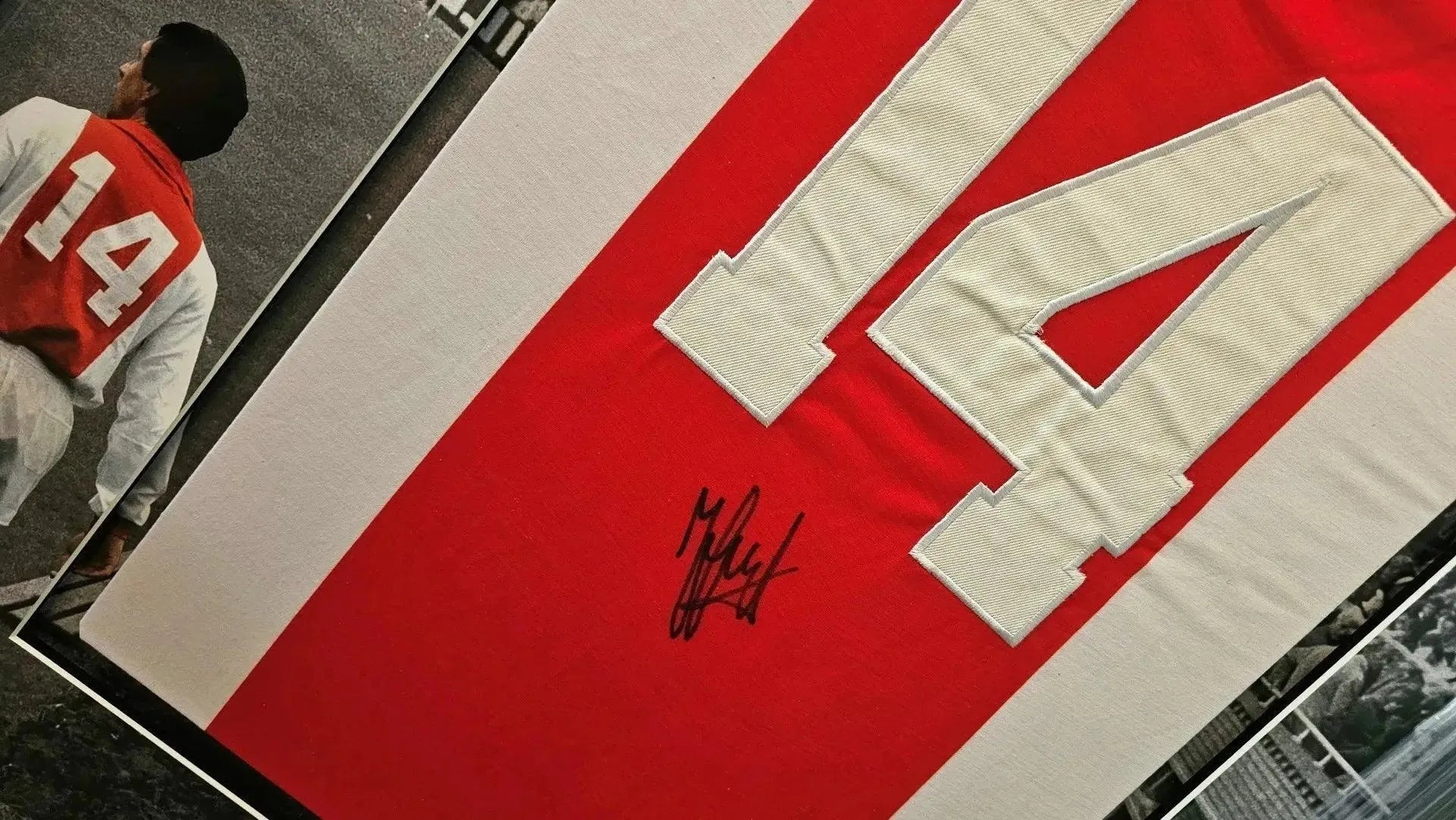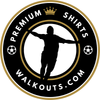Hertha, Berliner Sport-Club e. V., founded on 1 January 1892, are based in Berlin and currently play in the 2. Bundesliga. The club, widely known in German as Die Alte Dame and in English as The Old Lady, has a long recorded kit history and a strong collectors’ market for signed football shirts; historic items and contemporary retail signatures are available on Walkouts.
Hertha were a founding member of the German Football Association in Leipzig and have played home fixtures at the Olympiastadion since 1963. The team claimed two German championships in the early 1930s and later reached continental competition, including a Champions League group stage appearance. The IFFHS lists the club at rank 501, a single-line reference used here for context in historic comparisons.
For collectors the club’s narrative is important. Special releases after 1970 are tracked closely by enthusiasts, with centenary material and later anniversary marks treated as distinct catalogue items. Hertha’s 1892 origins and its later administrative split into a professional company in 2002 add provenance lines that help establish continuity on shirts and crests.
Anniversary releases post-1970 are especially sought after. The 1992 centenary crest and run, noted for its commemorative badge, and the 2012 120 Jahre mark both appear in specialist checklists. Those anniversary shirts are valued for original crests and limited print runs, and they are often the entry point for new collectors of the club.
Seasonal magnets include the 1930-31 title season, the deep UEFA Cup run of 1978-79, and the European exposure of 1999-2000, all seasons that produce high demand for period shirts. Iconic away sets, most notably the white away set used in the 1999-2000 Champions League campaign, are chased because they link to decisive continental fixtures and clearer match photography that helps confirm authenticity.
Fans also collect signed retail shirts, not only match-worn examples; early runs, player-issue variants and region-specific retail releases are documented by sellers and provenance notes. The club’s retail signatures and regional fanshop editions often surface with a 1992 centenary provenance tag and are commonly offered with COA style verification or comparable documentation, which helps buyers assess authenticity and supply history.
Specialist collectors prize shirts tied to cup runs and landmark seasons, and items connected to the 1978-79 UEFA Cup semi-finals or the 1999-2000 white away Champions League campaign attract particular attention for match association and photographic evidence. Provenance related to the Olympiastadion, the Berlin derby narrative and early Leipzig founding records is often referenced in listings to contextualise the shirt’s story, and you will find framed and signed retail pieces from these seasons at trusted vendors and on Walkouts.




